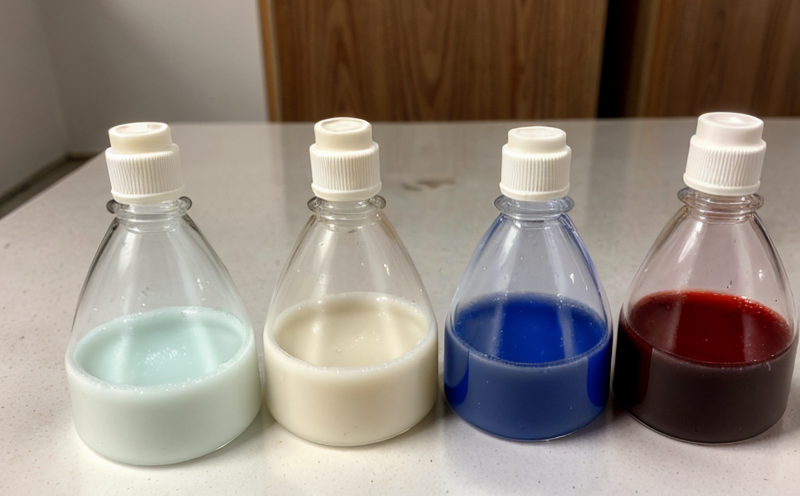Cosmetic Packaging Monomer Testing
The testing of monomers in cosmetic packaging materials is essential to ensure product safety and compliance with international standards. This process involves analyzing the chemical composition of packaging materials used in cosmetics, focusing on potential hazardous monomers that could migrate into the product. The primary goal is to prevent any harmful substances from being inadvertently transferred during storage or use.
The testing methodology typically includes extraction procedures followed by instrumental analysis techniques such as Gas Chromatography-Mass Spectrometry (GC-MS) and High Performance Liquid Chromatography (HPLC). These methods help identify the presence of monomers, oligomers, and other potentially harmful compounds that might be released into cosmetics.
Understanding these processes allows manufacturers to make informed decisions about material selection and formulation optimization. By conducting thorough testing at various stages of production, companies can maintain high standards of quality control throughout their supply chain. This not only protects consumer health but also enhances brand reputation by demonstrating commitment to safety and sustainability.
| Application | Description |
|---|---|
| Quality Assurance | Evaluating packaging materials for adherence to regulatory requirements. |
| Product Development | Identifying suitable materials that meet specific performance criteria. |
| Risk Management | Evaluating potential risks associated with packaging material use. |
Why It Matters
The importance of cosmetic packaging monomer testing cannot be overstated. Consumers expect safe and reliable products, which necessitates rigorous quality checks at every stage of production. Regulatory bodies worldwide enforce strict guidelines to protect public health, making compliance a critical aspect of doing business in the cosmetics industry.
By ensuring that all components used in cosmetic packaging meet stringent safety standards, businesses can avoid costly recalls and legal issues. Additionally, consistent adherence to these practices fosters trust among consumers who value transparency regarding ingredient sourcing and processing methods.
- Reduces risk of health hazards due to migration of harmful chemicals into the final product.
- Promotes brand integrity by upholding high ethical standards in manufacturing processes.
- Aids in meeting stringent regulatory requirements imposed by various countries and regions.
Industry Applications
| Sector | Application |
|---|---|
| Pharmaceuticals | Evaluating packaging materials used in drug delivery systems. |
| Pesticide Manufacturing | Ensuring compatibility of packaging with active ingredients. |
| Food and Beverage Industry | Avoiding contamination from packaging materials during storage. |
Quality and Reliability Assurance
To ensure reliable results, it is crucial to follow established protocols for specimen preparation. Specimens must be cut into uniform pieces of the same size before undergoing extraction procedures. The extracted samples should then undergo thorough analysis using advanced instrumentation.
- Gas Chromatography-Mass Spectrometry (GC-MS)
- High Performance Liquid Chromatography (HPLC)
- Infrared Spectroscopy
- Fourier Transform Infrared Spectroscopy





